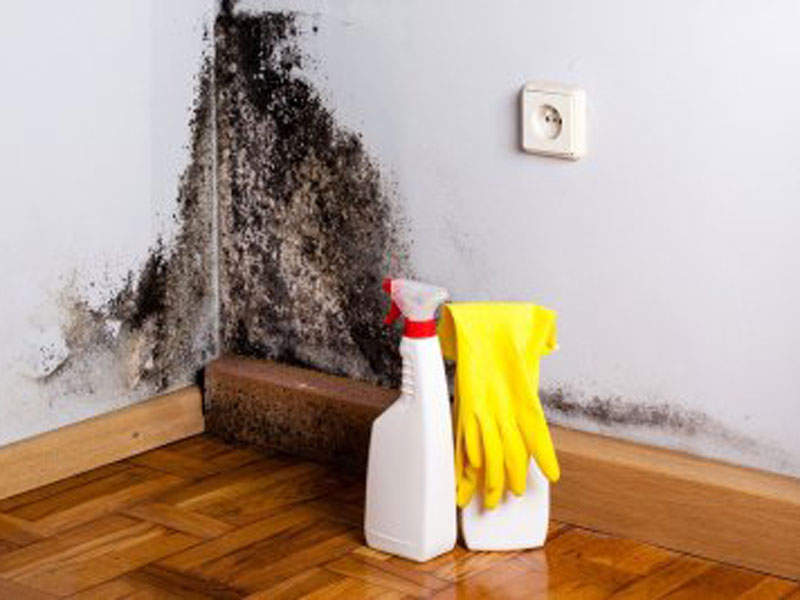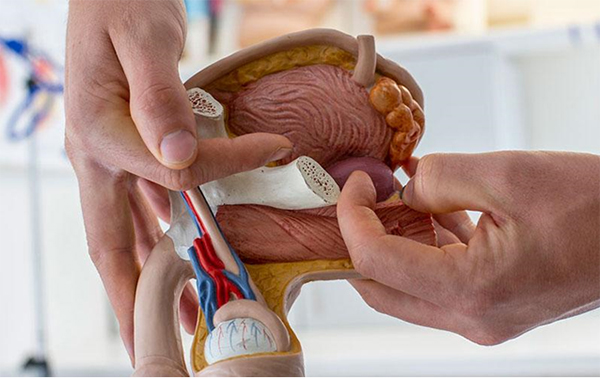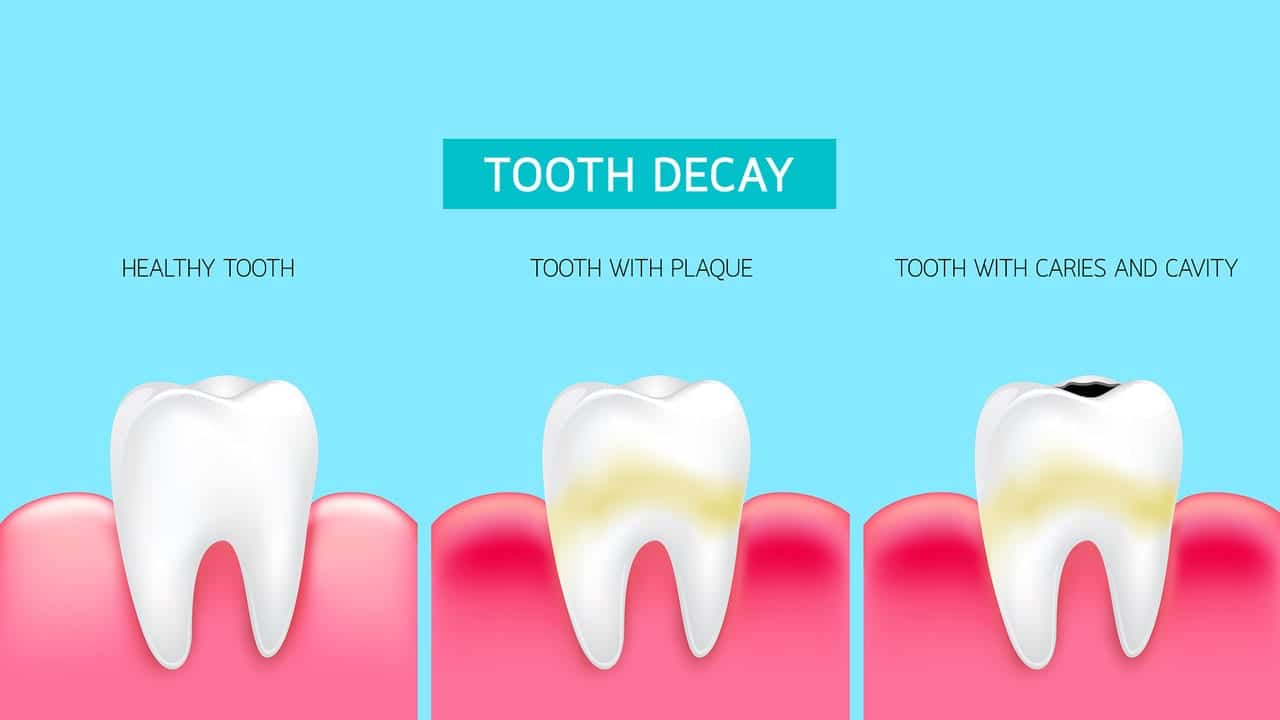How to Design Medical Accessories That Reflect a Healthcare Worker’s Style
In the fast-paced world of healthcare, medical accessories often blend into a sea of functionality—practical items designed to serve a purpose rather than to express individuality. Yet, within the sterile confines of a hospital or clinic, healthcare workers are more than just caretakers of health; they are vibrant personalities, each with their own unique sense of style.
This article explores the art of designing medical accessories that not only enhance the functionality required in demanding environments but also reflect the individuality of those who wear them. From colorful scrubs to chic stethoscope covers, the potential to merge practicality with personal flair is immense.
Dive into the realms of color, texture, and innovative design, where every detail can speak volumes about the character of the healthcare professional, bridging the gap between professionalism and personal expression.
Key Considerations for Designing Stylish Medical Accessories

When designing stylish medical accessories, its essential to strike a balance between functionality and aesthetic appeal. Consider the materials used—opt for breathable, durable fabrics that can withstand the rigors of a busy healthcare environment while still providing a polished look.
Color palettes and patterns play a pivotal role too; vibrant hues and unique designs can empower healthcare workers to express their individuality and enhance their professional image. Additionally, think about the practical aspects: pockets for essential tools, adjustments for comfort, and adaptability to different body types are critical.
By melding creativity with practicality, designers can create accessories that not only reflect the personality of healthcare professionals but also support them in delivering the best possible care. Ultimately, the goal is to transform what might be seen as mere utility into a style statement that resonates with the spirit of dedication and passion that defines the healthcare profession.
Color Psychology: The Impact of Colors on Healthcare Settings

Color psychology plays a transformative role in healthcare settings, influencing both patient perceptions and the emotional environment that healthcare workers navigate daily. Warm hues, such as gentle yellows and soft oranges, can evoke feelings of warmth and comfort, making them ideal for pediatric units where a sense of safety is paramount.
In contrast, calming blues and greens promote serenity and focus, crucial in high-stress areas like emergency rooms. The strategic use of color not only enhances the aesthetic appeal of medical accessories but can also improve mood and reduce anxiety in patients and staff alike.
Imagine a scrubs line that incorporates these principles, featuring palette options that resonate with personal style while grounding the wearer in an atmosphere of care and compassion. The thoughtful integration of color into medical attire is more than just a fashion statement; it’s a reflection of a deeper understanding of the psychological nuances at play in healthcare settings.
Future Trends: The Evolution of Medical Accessories in Healthcare

As we look ahead, the landscape of medical accessories is poised for significant transformation, blending functionality with personal expression like never before. Imagine a future where wearable technology not only monitors vital signs but also customizes its appearance based on the healthcare workers personal style.
Innovations such as smart fabrics embedded with sensors will provide real-time feedback, enhancing patient care while allowing professionals to showcase their individuality. Eco-friendly materials and modular designs are becoming priorities, reflecting a shift toward sustainability that resonates with the values of today’s workforce.
Furthermore, augmented reality applications may soon enable healthcare workers to access crucial data while maintaining a chic, streamlined aesthetic. This evolution signifies not just a practical shift, but a cultural one, as the industry embraces the idea that personal style and professionalism can coexist harmoniously in the crucible of healthcare.
Conclusion
In conclusion, designing medical accessories that resonate with a healthcare workers personal style is not only a creative endeavor but also a reflection of their unique identity within the demanding healthcare environment. By incorporating personalized elements, such as custom colors, adaptable materials, and stylistic designs, we can create accessories that not only serve functional purposes but also empower professionals to express themselves.
Tools like the Stethoscope SVG offer an innovative way to personalize stethoscopes, allowing healthcare workers to combine utility with individuality. Ultimately, by prioritizing both style and functionality, we can enhance the work experience for healthcare professionals, fostering a sense of pride and ownership in their essential roles.















 One common misconception is that prostate problems are an issue exclusive to older men, leading many to overlook the complexities surrounding prostate health.
One common misconception is that prostate problems are an issue exclusive to older men, leading many to overlook the complexities surrounding prostate health. Many people fall into the trap of viewing prostate health through a narrow lens, believing that prostate cancer is the only issue worth their attention.
Many people fall into the trap of viewing prostate health through a narrow lens, believing that prostate cancer is the only issue worth their attention. Sexual activity plays a multifaceted role in prostate health, a topic often shrouded in myths and misconceptions.
Sexual activity plays a multifaceted role in prostate health, a topic often shrouded in myths and misconceptions.















 Preventative measures and early interventions play a crucial role in combating tooth decay, often determining the course of oral health for years to come. Regular dental check-ups, ideally every six months, allow professionals to identify potential issues before they escalate, ensuring that cavities dont become a recurring problem.
Preventative measures and early interventions play a crucial role in combating tooth decay, often determining the course of oral health for years to come. Regular dental check-ups, ideally every six months, allow professionals to identify potential issues before they escalate, ensuring that cavities dont become a recurring problem.


